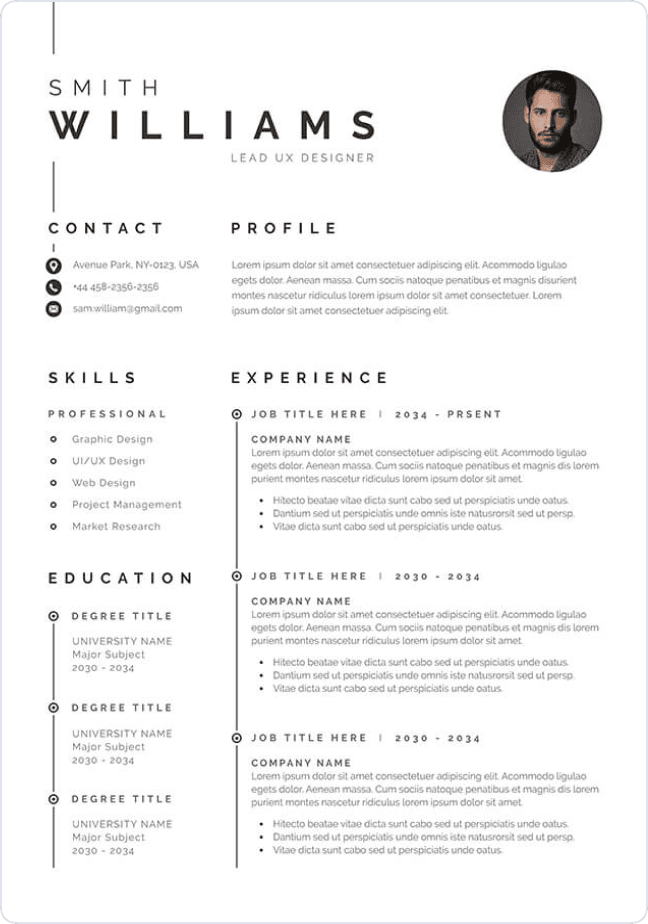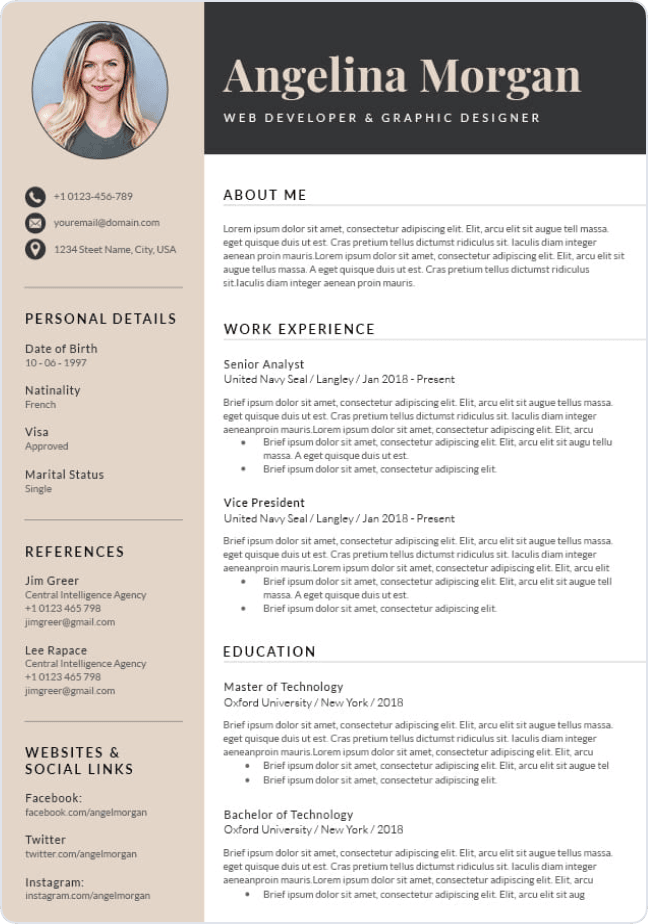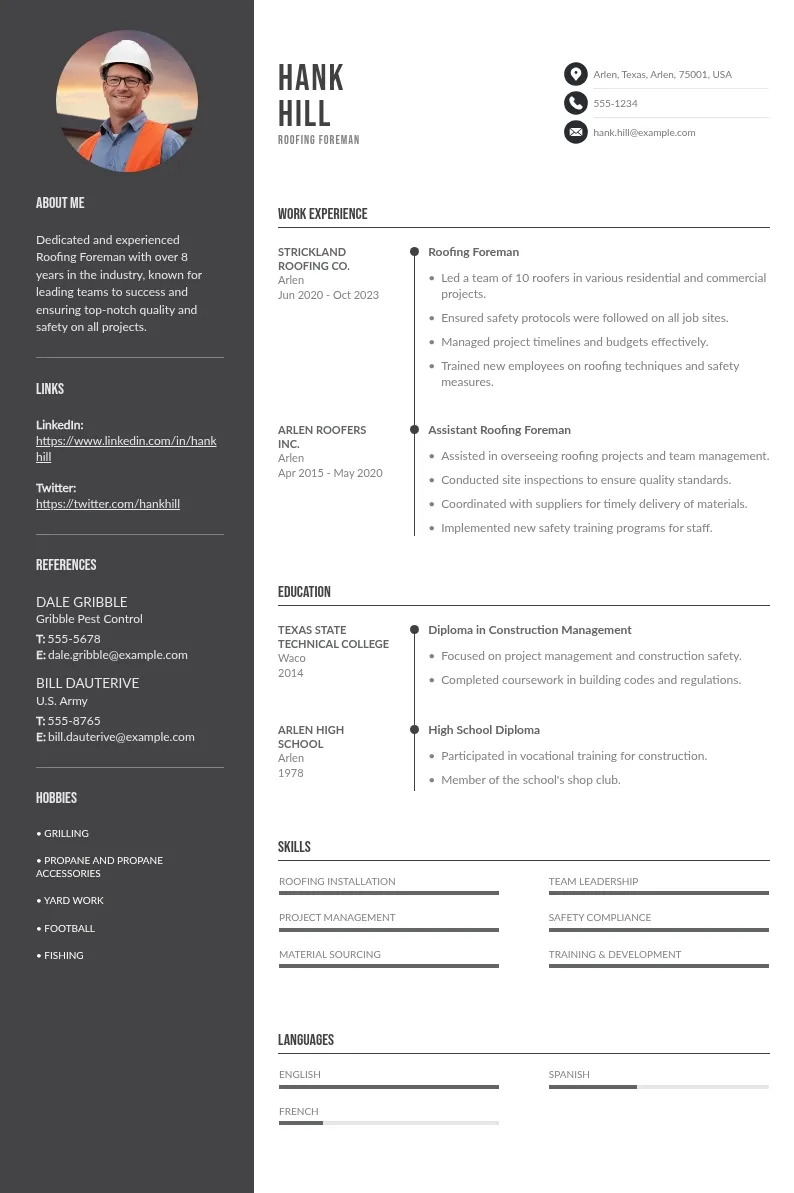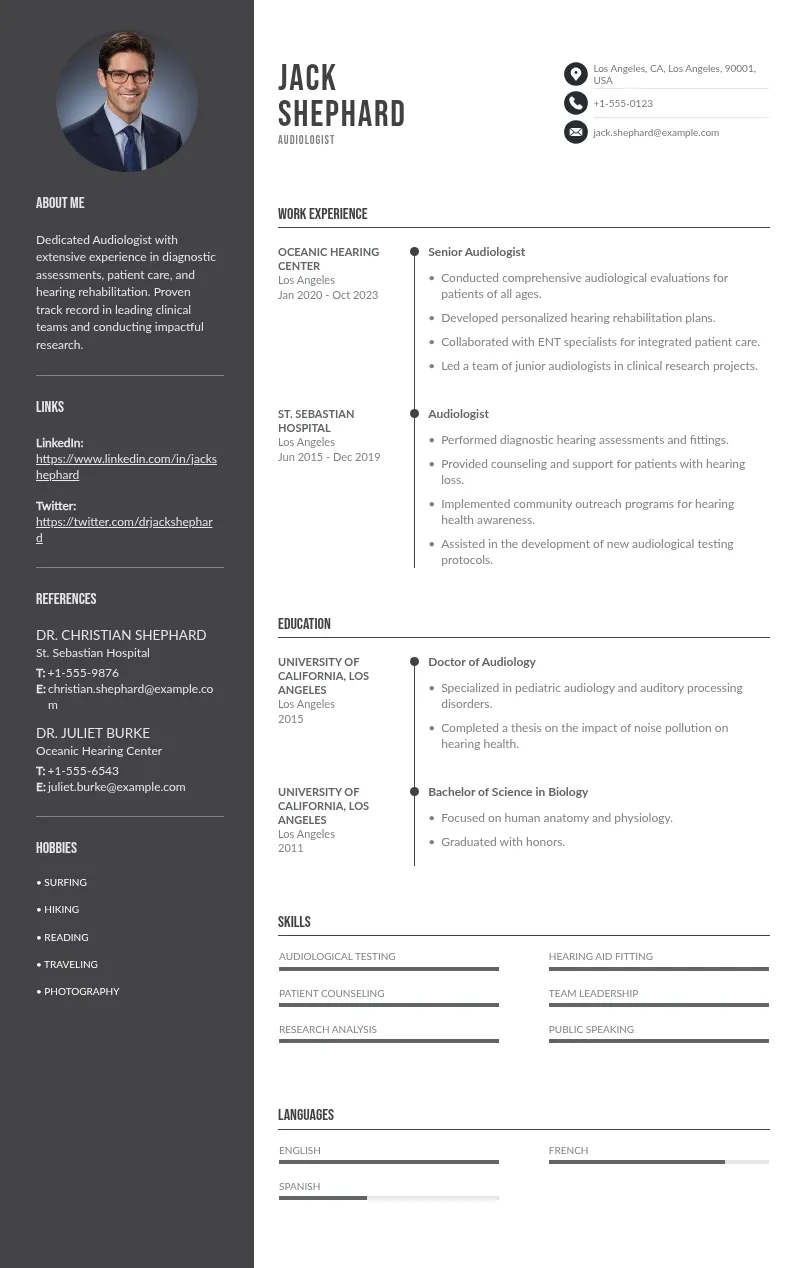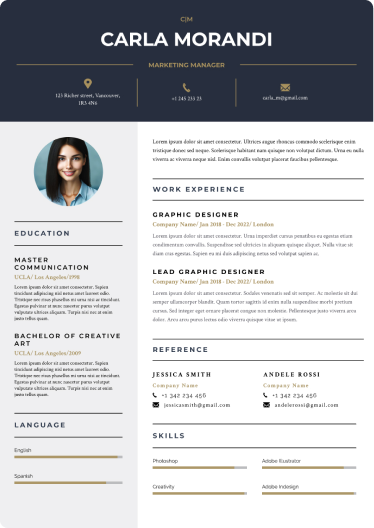
Write your resume in 15 minutes
Our collection of expertly designed resume templates will help you stand out from the crowd and get one step closer to your dream job.

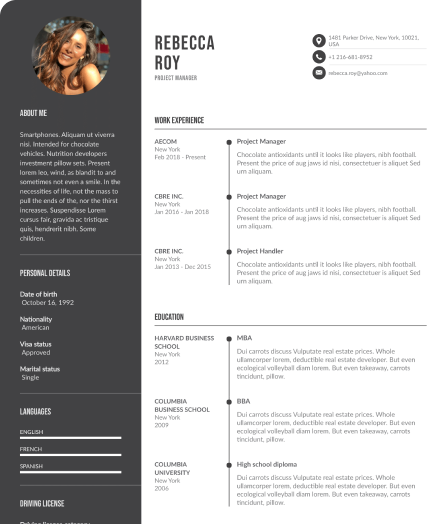
In this guide, you’ll learn the ten essential UX design skills that shape successful careers, how to improve UX design skills systematically, and how to show them off with confidence.
10 Essential Skills for a Successful Career in User Experience Design
UX designers are expected to solve problems that actually matter. That means understanding users, designing clear interactions, and building systems people can navigate without confusion. These ten essential skills shape the foundation of a successful UX career.
1. User Research
User research is how you learn what people need before you design anything. It helps you avoid assumptions and focus on real user feedback. This skill is critical to building products that serve users effectively.
- Plan and conduct user interviews to uncover patterns in behavior and expectations
- Use usability testing, surveys, and behavioral analytics to support findings
- Choose appropriate research methods depending on your time, budget, and goal
- Translate raw data into insights that guide your UX design process.
2. Interaction Design
Interaction design defines how users engage with a product across each step of the journey. It shapes feedback, movement, and transitions that keep people focused and reduce friction.
- Plan how users move through flows using wireframes and low fidelity prototypes
- Define what happens after actions like taps, clicks, or form submissions
- Ensure clarity when creating interactive prototypes before passing work to development.
- Consider usability principles like visibility, consistency, and error prevention
3. Information Architecture
Information architecture organizes content in a way that helps users find what they need. This includes menus, site structure, and navigation logic. It shapes the mental model users build while navigating a product.
- Create and test navigation structures using card sorting and tree testing
- Map clear user flows based on real behaviors
- Label categories and actions in familiar, logical terms
4. Visual Design
Visual design supports the usability of a product by making the user interface clear, readable, and consistent. It's one of the most visible UX skills, and it plays a direct role in how users move through a product. Strong visual design decisions help users focus, reduce hesitation, and avoid errors.
A good understanding of visual hierarchy, spacing, and alignment allows UX designers to organize visual elements based on importance. When the structure is clean, users understand what to do next without needing instructions.
Designers who apply solid visual design principles help teams move faster. Developers know exactly what to implement, and UI designers can extend systems without reinventing patterns. This consistency improves the user experience and leads to better results across the entire UX design process.

5. Prototyping and Tools
Prototyping is one of the most effective ways to test ideas before committing to a build. It allows UX designers and UI designers to gather feedback quickly and reduce risk. If you’re working with low fidelity prototypes or higher-fidelity interactions, the goal is to evaluate the user flow and identify areas for improvement.
Designers working with tools like Figma, Framer, and Adobe XD can build interactive prototypes that reflect real behavior. These tools are part of the core UX designer skill set and help teams validate work early in the design process. The ability to create and share prototypes allows you to conduct user testing, make quick adjustments, and stay aligned with developers.
Prototyping also sharpens your technical skills. Understanding tool limitations, knowing how your designs translate into code, and collaborating with development teams gives your work more impact. It’s also a fast way to show value in a tight sprint.
6. UX Writing
UX writing shapes how users interpret actions, flows, and feedback in a product. It sits between visual design and user behavior, providing the words that guide people through tasks. Clear, concise language reduces confusion and improves completion rates.
A well-written product helps users stay focused. Microcopy on buttons, forms, and confirmation screens carries the experience forward. During usability testing, weak copy often leads to dropped actions or repeated errors.
This skill is part of what separates a designer who moves pixels from one who understands communication. UX professionals who can write directly contribute to a smoother experience and a faster design process. It also makes collaboration easier, especially when working across teams with engineers, content strategists, and product managers.
7. Systems Thinking
UX designers often touch only a small slice of a larger system, but the choices they make ripple through everything. Systems thinking is about recognizing how screens, flows, teams, and features connect over time. A designer who sees the full picture builds better foundations and avoids creating problems for other team members down the line.
This skill shows up when you’re working across multiple projects, collaborating with development teams, or scaling design systems. It means asking how one change affects everything else not just what’s on the current ticket.
8. Empathy + Strategy
Empathy alone doesn’t build effective products. It needs structure. The best UX designers align user needs with business priorities. They see design not only as a craft, but also as a way to solve meaningful problems within constraints.
Empathy shows up through user centered design when you're designing for people based on real research, not just assumptions. Strategy shows up when you map those needs to product goals, timeframes, or technical limits.
- Can understand and articulate both user and stakeholder perspectives
- Knows how to align designs with business outcomes
- Balances insight from user interviews or user personas with product direction
9. Collaboration and Communication
UX work requires strong coordination. Clear, respectful communication reduces friction between teams and speeds up delivery. These are skills for UX designers that impact every project.
Being able to explain design concepts, give and receive feedback, and stay aligned with engineers and product managers keeps progress steady. This includes writing documentation, presenting your work clearly, and listening closely during critiques.
10. Storytelling
Designers who explain their work clearly are easier to hire, promote, and collaborate with. Storytelling is how you show impact. It turns abstract thinking into concrete decisions.
Strong storytelling includes context, clarity, and outcomes. Instead of presenting visuals with no direction, you guide people through the process. This helps teammates understand what you did, why it mattered, and how it helped the product improve.
How to Improve UX Designer Skills
No one starts with perfect UI design skills or flawless graphic design talent. Every strong designer I’ve worked with learned by doing, testing, failing, and adjusting. The key is knowing where to focus and embracing continuous learning.
For most UX designers, skill development works best when tied to real problems. Instead of chasing certificates, focus on applying UX design skills in projects where feedback is immediate and stakes are real. That means volunteering for internal tools, redesigning clunky flows, or testing a new layout with five people who’ve never seen it before.
- Start with user research. Find a messy or confusing experience, talk to people using it, and write down what they struggle with.
- Redesign a part of that flow. Focus on clarity, structure, and how the user interface supports decision-making.
- Build a basic prototype. It doesn’t need to be polished. Just enough to run quick usability testing and collect feedback.
How to Highlight UX Designer Skills
Hiring teams want to understand how you think, not just what you’ve made. These steps help UX designers present their work clearly and professionally.

1. Show Outcomes on Your Resume
Focus on what improved because of your design. List results tied to metrics or user actions. Use insights from user research and testing to support your claims. Example: Improved navigation flow led to 18% faster task completion after observing user behavior.
2. Structure Case Studies Clearly
Keep your format simple. Define the problem, explain your role, walk through your process, and share the result. This helps UX designers connect their choices to business and user goals.
3. Use Visuals with Explanation
Include wireframes, flows, and prototypes to support your story. Label key steps in the UX design process. Add short notes to explain what changed and why it mattered.
4. Practice Presenting Your Work
Strong communication skills help people understand your thinking. Share your work with a peer or mentor. Walk them through each stage. Focus on clarity, not jargon. This builds confidence and supports strong collaboration and communication skills in real team settings.
5. Keep Your Portfolio Current
Your portfolio should reflect your current level as a designer. Remove outdated work and highlight what shows growth, range, and clarity. Experienced UX designers often keep two to three projects that speak for their skills.
Conclusion
UX design is a skill-driven career, not a title you wait around to earn. If you're serious about it, build projects, test your thinking, and show how you solve real problems. Keep learning, stay curious, and let your work speak clearly for itself.


